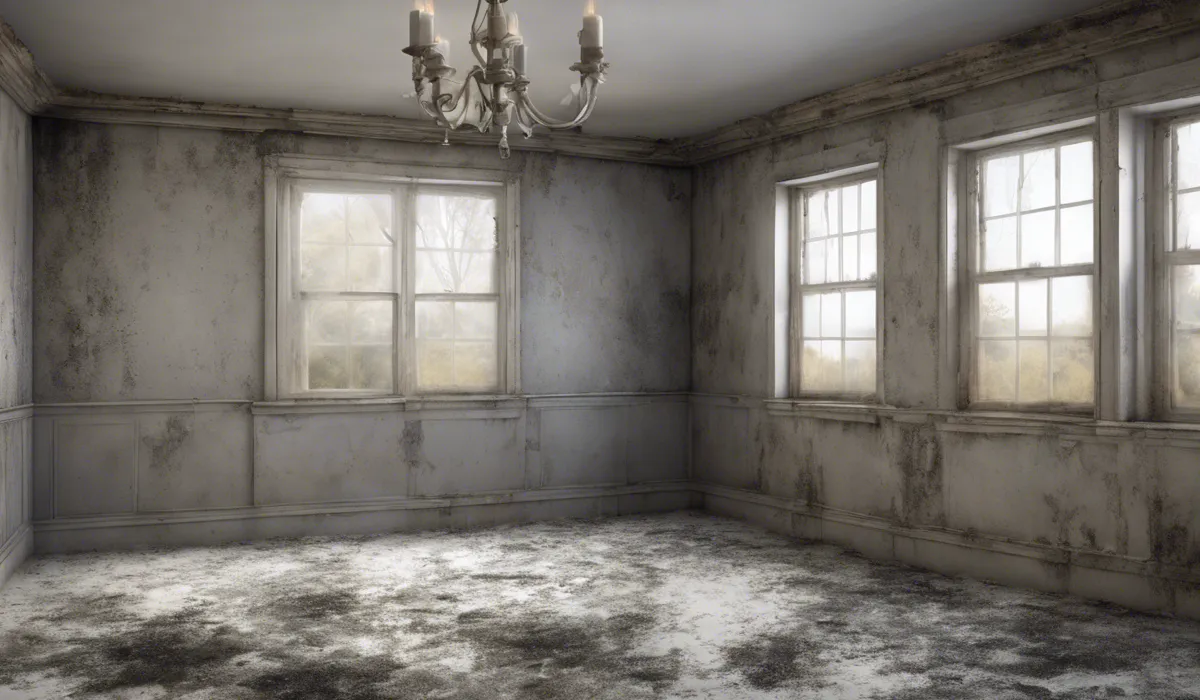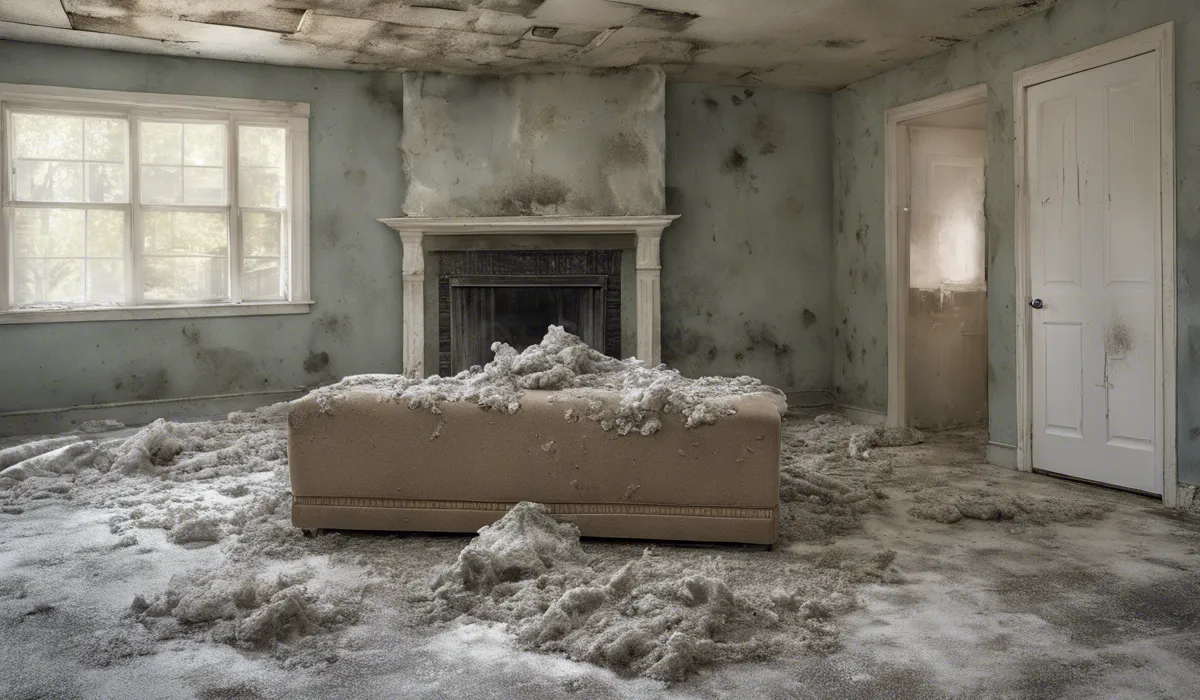Yes, mold remediation is effective when done properly. It involves identifying and addressing moisture sources, isolating the contaminated area, removing mold-infested materials, and cleaning to eliminate spores. Post-remediation verification ensures success.
Understanding Mold Remediation

What Is Mold Remediation?
Mold remediation is more than just cleaning up mold. It is a specialized process aimed at resolving mold issues safely and effectively.
This involves not only removing the mold but also addressing the source of moisture that allowed it to grow in the first place.
Goals of Mold Remediation
The primary goal of mold remediation is to restore a safe environment. This means eradicating visible mold and reducing mold spores to normal levels.
Another goal is preventing mold from returning by fixing the underlying moisture problem.
Mold Assessment Process
Before starting remediation, a thorough assessment is crucial. Professionals will inspect your home, identify moldy areas, and evaluate the extent of the infestation.
They may take samples to determine the type of mold and the best course of action.
Containment and Isolation
Once mold is found, the affected area is contained to prevent spores from spreading.
This is achieved by using physical barriers, like plastic sheeting, and creating negative air pressure with specialized equipment.
Air Filtration
HEPA filters are utilized to clean the air and capture microscopic mold spores. These filters are an essential part of remediation, as they help to prevent the spread of mold throughout the home.
Removal of Infested Materials
Materials that are too moldy to be cleaned, such as drywall or insulation, must be removed and safely disposed of. This step is vital to prevent mold from coming back.
Cleaning and Disinfecting Surfaces
Non-porous surfaces are cleaned with antimicrobial agents to kill remaining mold. Porous materials may be cleaned or discarded, depending on the level of contamination.
Drying and Repairing the Area
After cleaning, it’s important to dry the area completely to prevent mold from returning. Then, any necessary repairs or replacements, like installing new drywall, are completed.
Effectiveness of Mold Remediation

Factors Affecting Success
The success of mold remediation depends on several factors. The extent of mold growth can impact how challenging remediation is.
The types of surfaces affected also play a role, as non-porous materials are easier to clean than porous ones.
Additionally, the methods used for remediation are critical to ensuring all mold is addressed.
Scientific Techniques
There is a science to mold remediation. Techniques are based on understanding mold biology and using that knowledge to effectively eliminate it while preventing future growth.
DIY vs. Professional Remediation
While some may attempt to tackle mold issues on their own, professional remediation is often more effective.
Professionals have the training, experience, and tools necessary to handle mold safely and efficiently.
Signs of Successful Remediation
Indicators of successful remediation include no visible mold, no moldy odors, and post-remediation verification tests showing normal levels of spores.
Challenges and Limitations
Even with professional help, some challenges may arise, such as discovering extensive hidden mold or dealing with persistent moisture issues that are difficult to control.
Maintenance and Prevention Post-Remediation

Ongoing Maintenance Importance
After remediation, maintenance is key to prevent mold from returning. This includes regularly checking for moisture and promptly addressing any leaks or dampness.
Measures to Prevent Mold Recurrence
Controlling humidity with dehumidifiers, ensuring proper ventilation, and keeping the home clean are all measures that can help prevent mold. Regular inspections also play a role in early detection and prevention.
Professional Inspection Recommendations
It is recommended to schedule professional inspections, especially after events like water damage, to ensure that mold has not begun to grow unnoticed.
Building Materials and Design Role
The materials used in your home and its design can affect mold growth. Using mold-resistant materials and designing spaces to stay dry can help keep mold at bay.
FAQs About Mold Remediation Effectiveness
Is mold remediation a reliable solution to mold problems?
Yes, mold remediation is a reliable solution when performed correctly, addressing both the mold and the underlying moisture issues.
Can mold come back after remediation?
Mold can return if the source of moisture is not properly addressed, but successful remediation includes fixing these issues to prevent recurrence.
What steps are involved in effective mold remediation?
Effective remediation involves identifying moisture sources, isolating the area, removing contaminated materials, and thorough cleaning to eliminate spores.
How do I know if mold remediation has been successful?
Success is typically verified through post-remediation testing and inspections to ensure that mold levels are back to normal and moisture issues are resolved.
Are professional mold remediation services worth the cost?
Professional mold remediation is generally worth the cost as it ensures the problem is addressed safely and effectively, preventing health risks and property damage.
Final Thoughts
Mold remediation proves to be effective when implemented correctly, targeting the root causes of mold growth.
The process requires meticulous steps, including moisture elimination, area containment, and removal of affected materials, followed by thorough cleaning.
The efficacy of the process is typically confirmed through post-remediation verification, which ensures that the mold issues have been successfully resolved.
